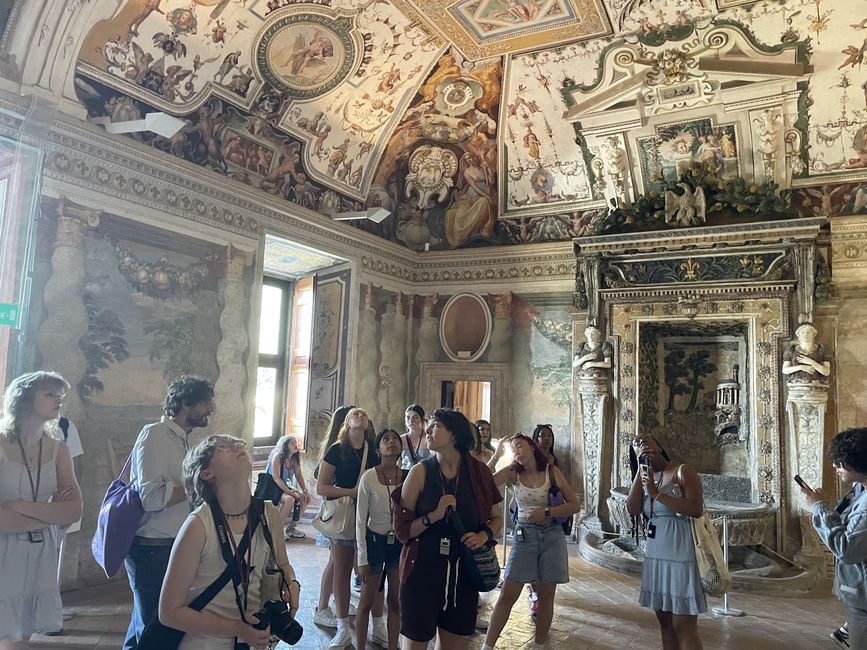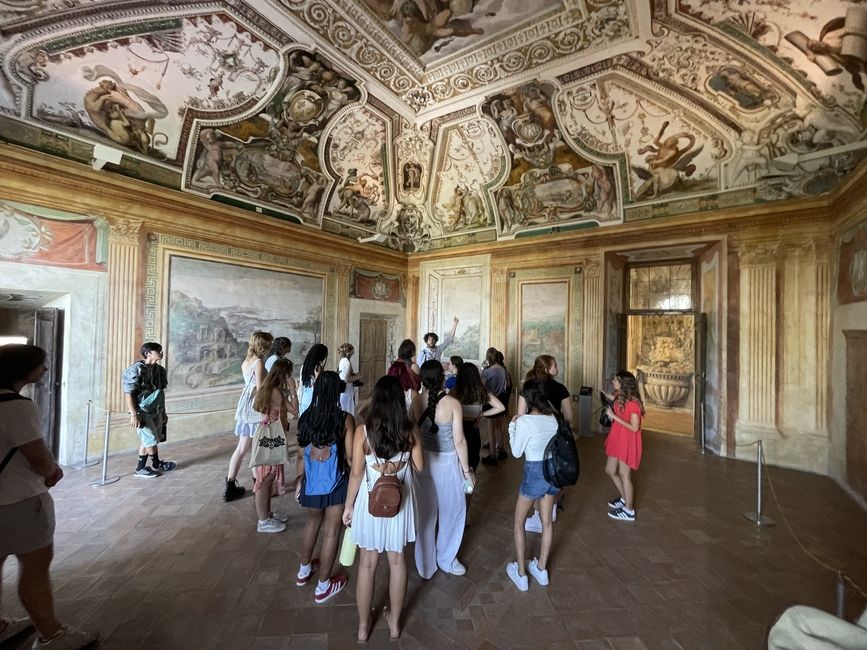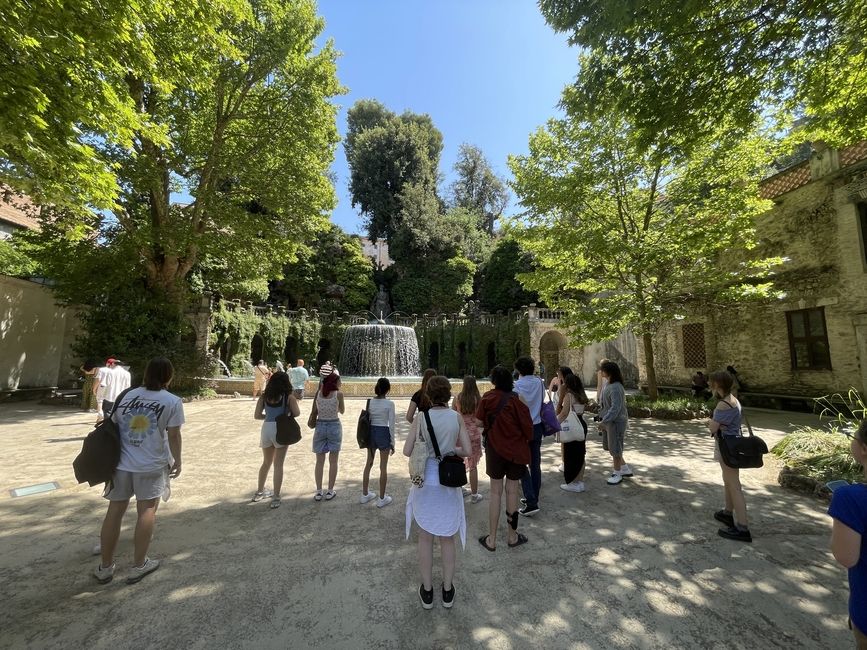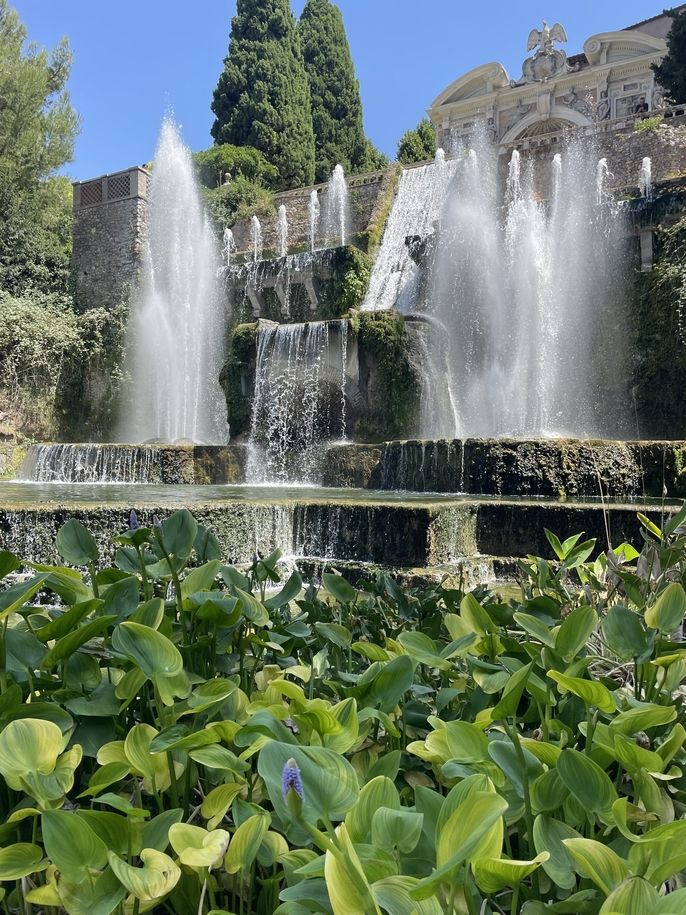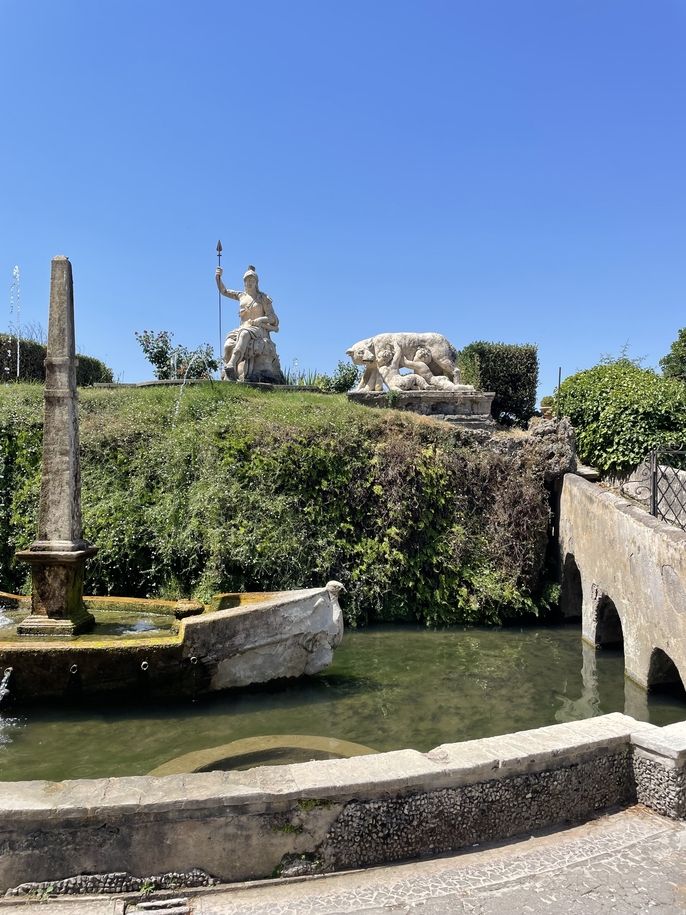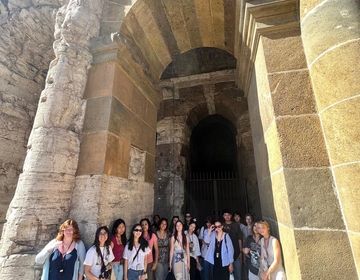Once Upon a time … in Tivoli!
Tivoli, known as Tibur in antiquity, has a history that dates back to the 13th century BC. It played a significant role during the Roman Empire, serving as a retreat for the elite. The town's strategic location, coupled with its abundant natural springs, made it an ideal escape from the hustle and bustle of Rome.
Over the centuries, Tivoli has preserved its historic charm, with cobblestone streets, ancient ruins, and medieval structures dotting the landscape. It is home to several UNESCO World Heritage sites, reflecting its cultural and historical significance.
Villa d’Este, a UNESCO World Heritage site, epitomizes the Renaissance era's grandeur and ingenuity. Commissioned by Cardinal Ippolito II d’Este, the villa was constructed in the mid-16th century. Its design was the brainchild of architect Pirro Ligorio, who transformed a dilapidated Benedictine monastery into one of the most stunning villas in Europe.
The villa itself is a marvel, with its elaborate frescoes, intricate stuccoes, and opulent rooms that reflect the cardinal's wealth and taste. However, it is the gardens of Villa d’Este that truly captivate visitors.
The gardens of Villa d’Este are considered one of the most extraordinary examples of Italian Renaissance garden design. Spread over terraces, the gardens are a testament to the ingenuity of Renaissance landscaping, featuring a combination of natural beauty and engineered waterworks.
**Highlights of the Gardens:**
1. **The Hundred Fountains**: This long alleyway is adorned with a hundred fountains, each spouting water in various intricate patterns. It is one of the most photographed spots in the villa.
2. **The Oval Fountain**: Also known as the Fontana dell’Ovato, this fountain is shaped like an oval and surrounded by lush greenery. It cascades water into a large pool, creating a mesmerizing display.
3. **The Neptune Fountain**: This imposing fountain was added in the 20th century, yet it seamlessly blends with the Renaissance aesthetics. Its powerful jets of water can be seen from various points in the gardens.
4. **The Rometta Fountain**: Symbolizing Rome, this fountain features miniature structures representing the Eternal City, including a she-wolf nursing Romulus and Remus.
5. **The Dragon Fountain**: A dramatic spectacle, this fountain features four dragons spewing water, surrounded by mythological sculptures.
The gardens are designed to take advantage of Tivoli's natural topography, with water flowing from the Aniene River to feed the numerous fountains and cascades. The use of water is not only for visual and auditory pleasure but also for cooling and irrigation, showcasing the practical genius of renaissance engineering.
Related Posts
Lost in Florence: Finding Art in Every Corner
When Sam writes an article, you know the students are waking up early! Let's set aside thoughts of the Colosseum and the ancient Romans for a moment because we’re about... keep reading
Rome-ing with CIEE: Colossal Adventures at the Colosseum and Forum!
The alarm rang a bit earlier today, signaling the start of an exciting day for the students and their Program Leaders as they embarked on their first bus ride in... keep reading
Bringing the classroom to life through the streets of Rome!
A walking tour from Teatro Marcello to the Jewish Ghetto and onward to the churches between Largo Argentina and the Pantheon is a journey through time and tradition, offering glimpses of Rome's storied past and vibrant present. With each step, you forge a deeper connection to the city's rich heritage and cultural diversity, leaving you with memories to cherish long after your footsteps have faded from the ancient streets of Rome.
